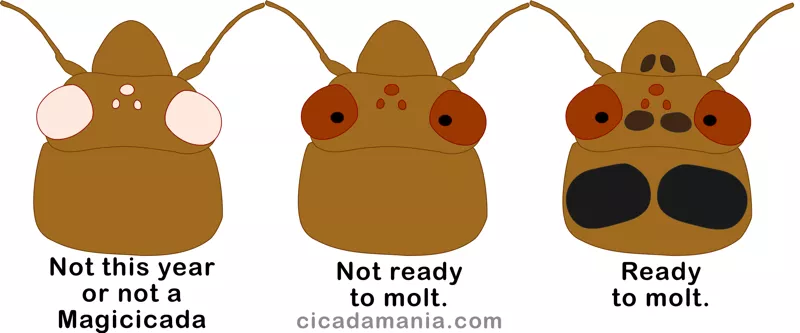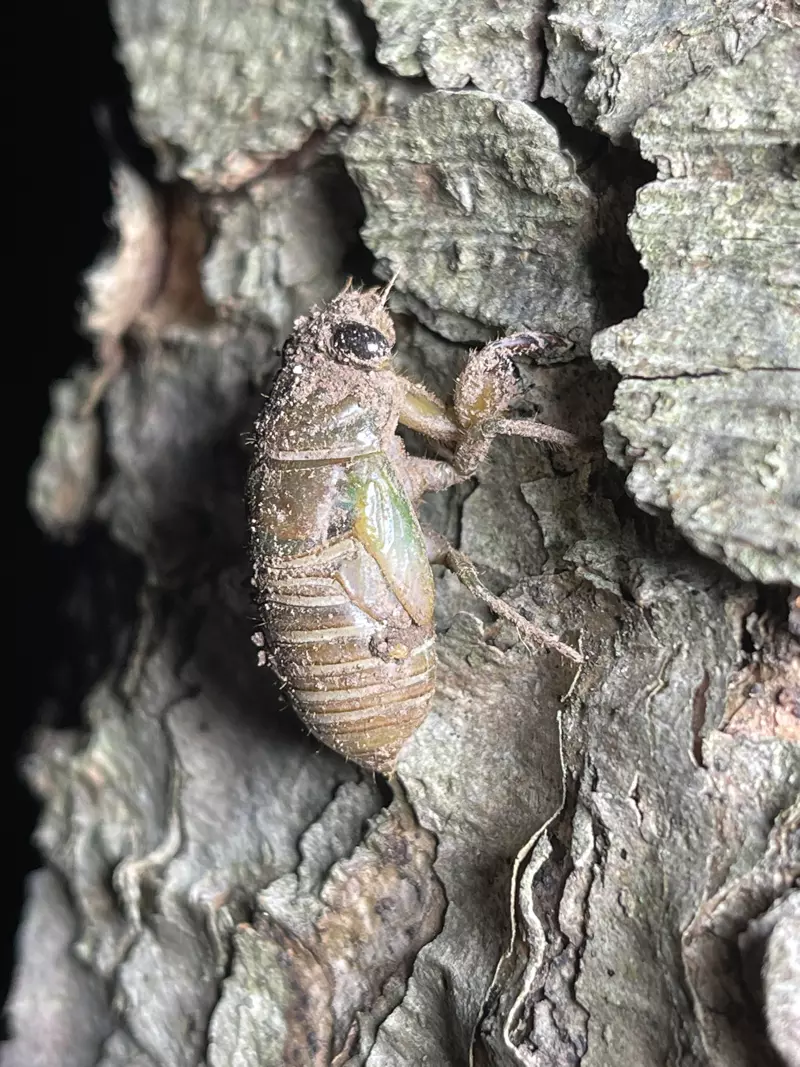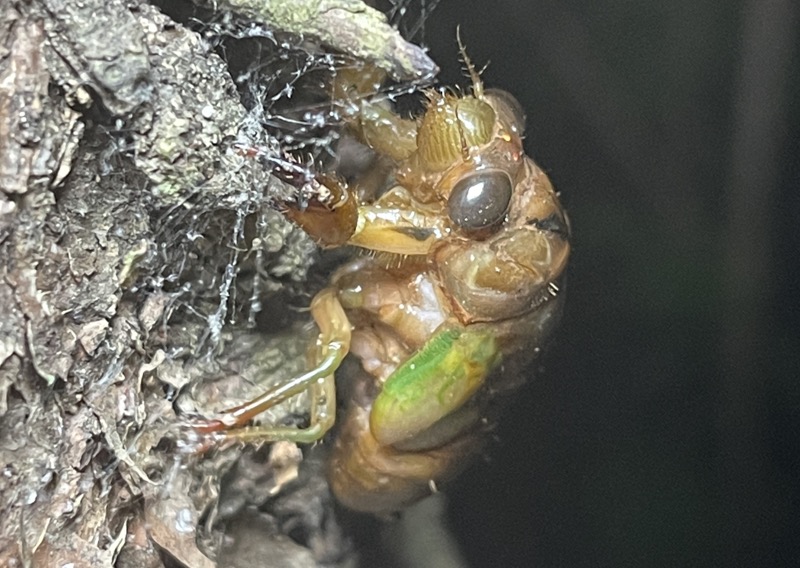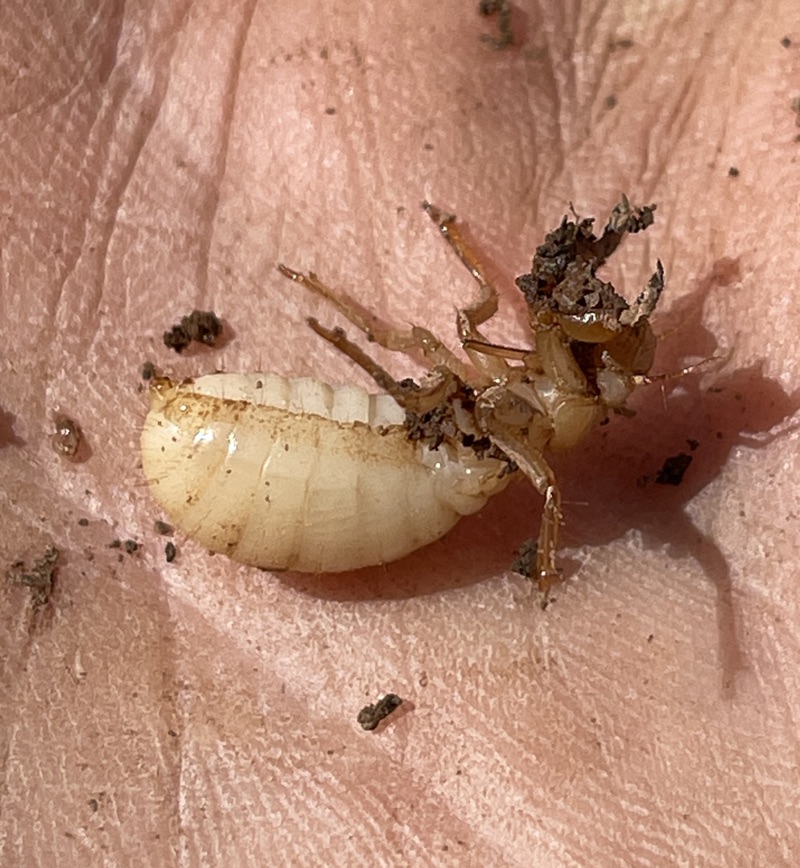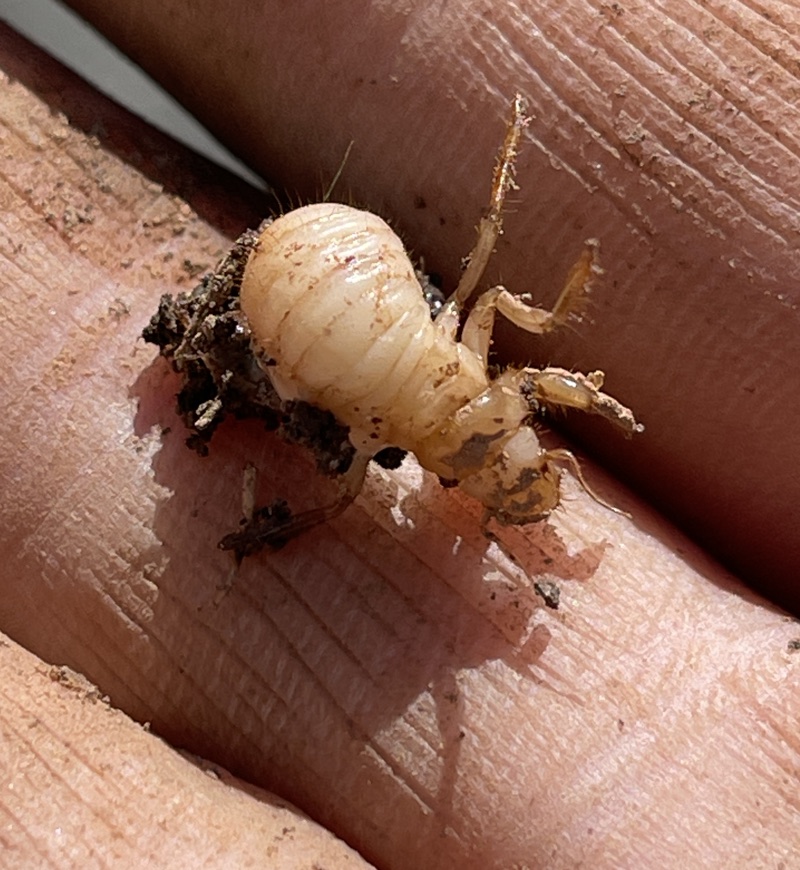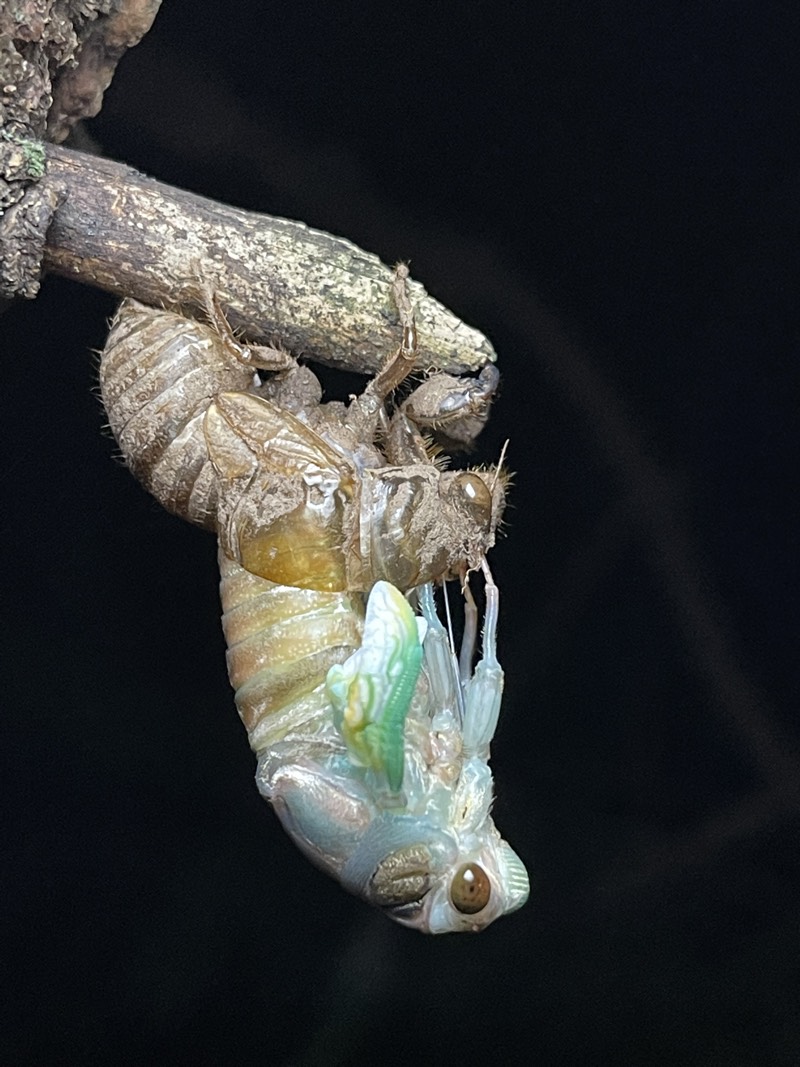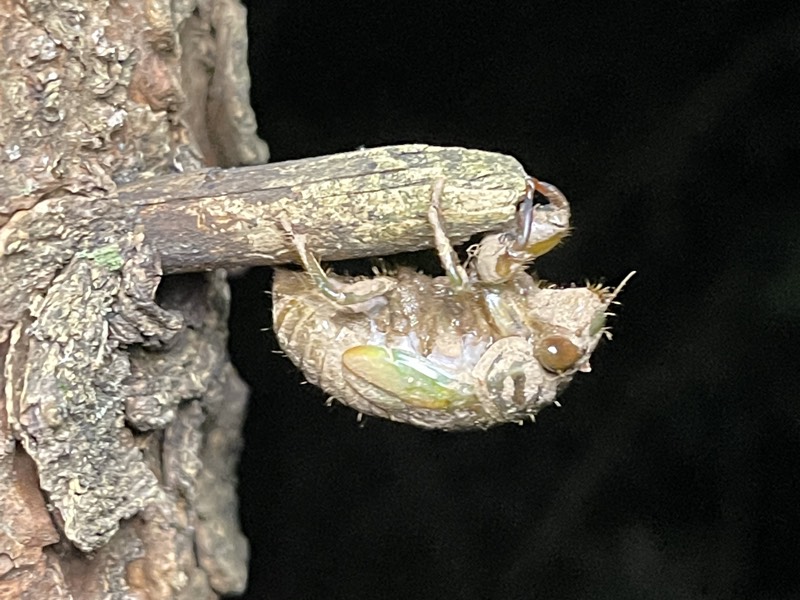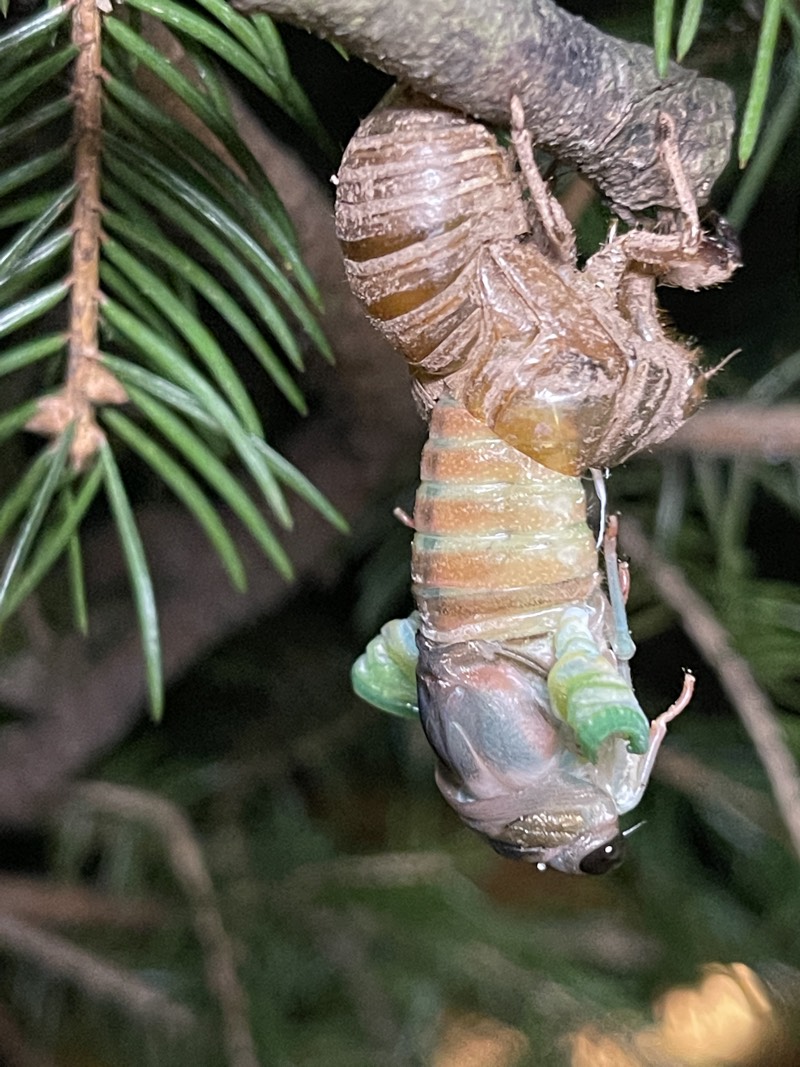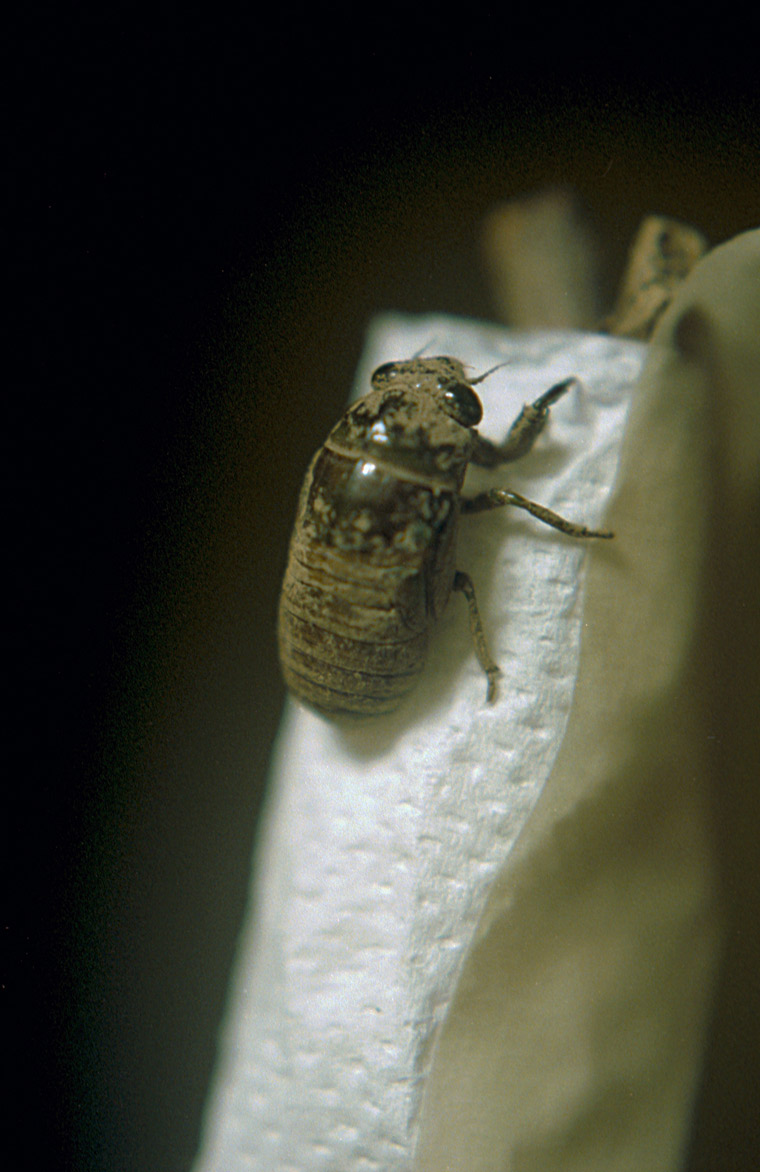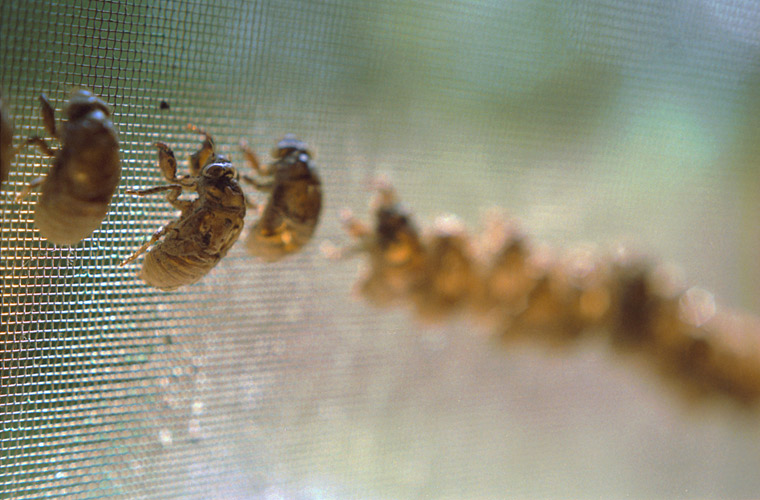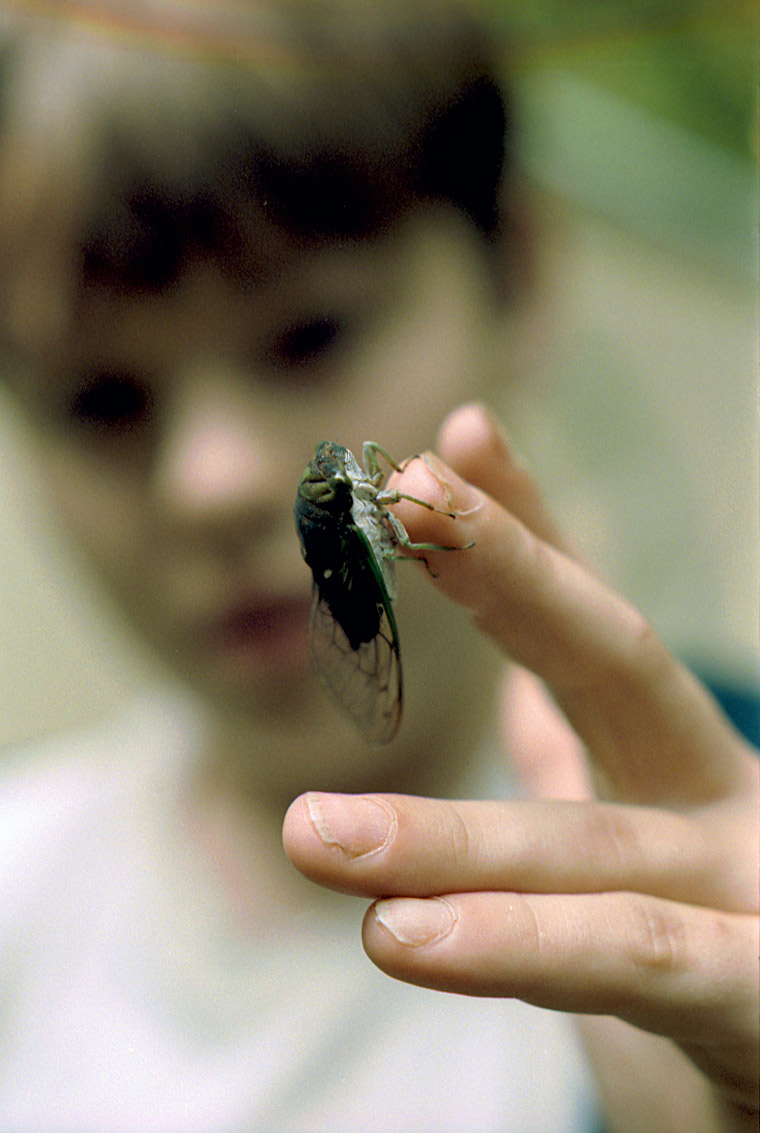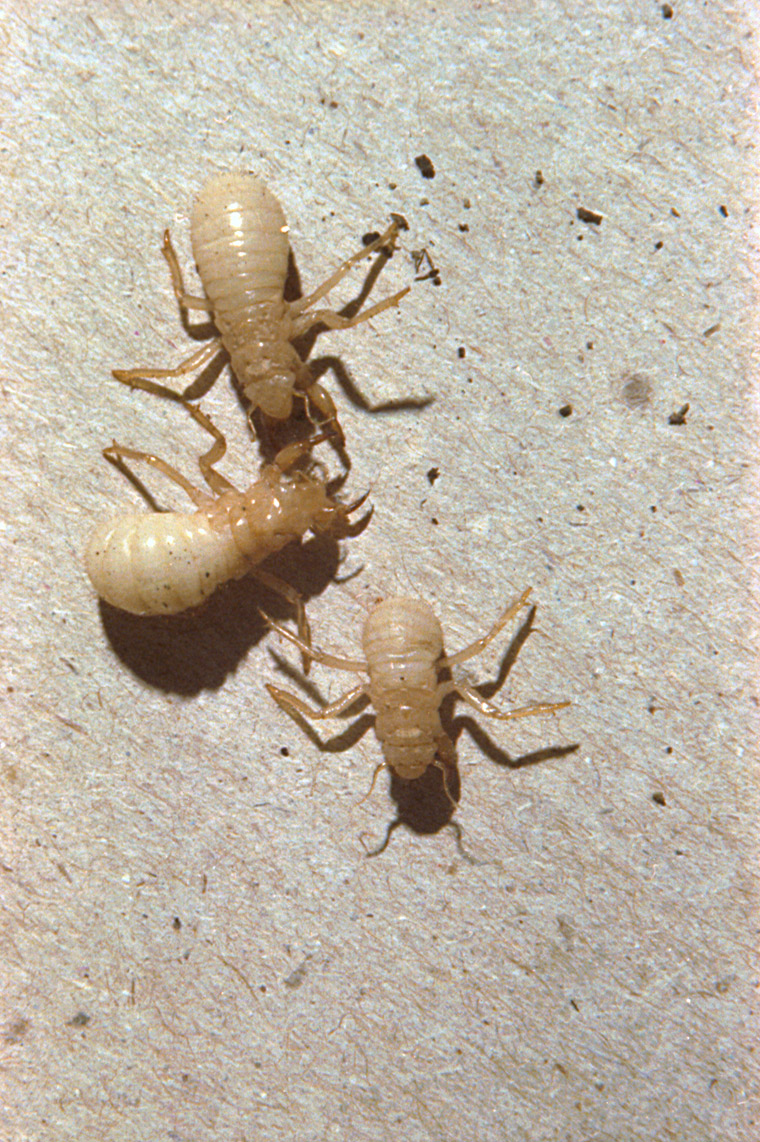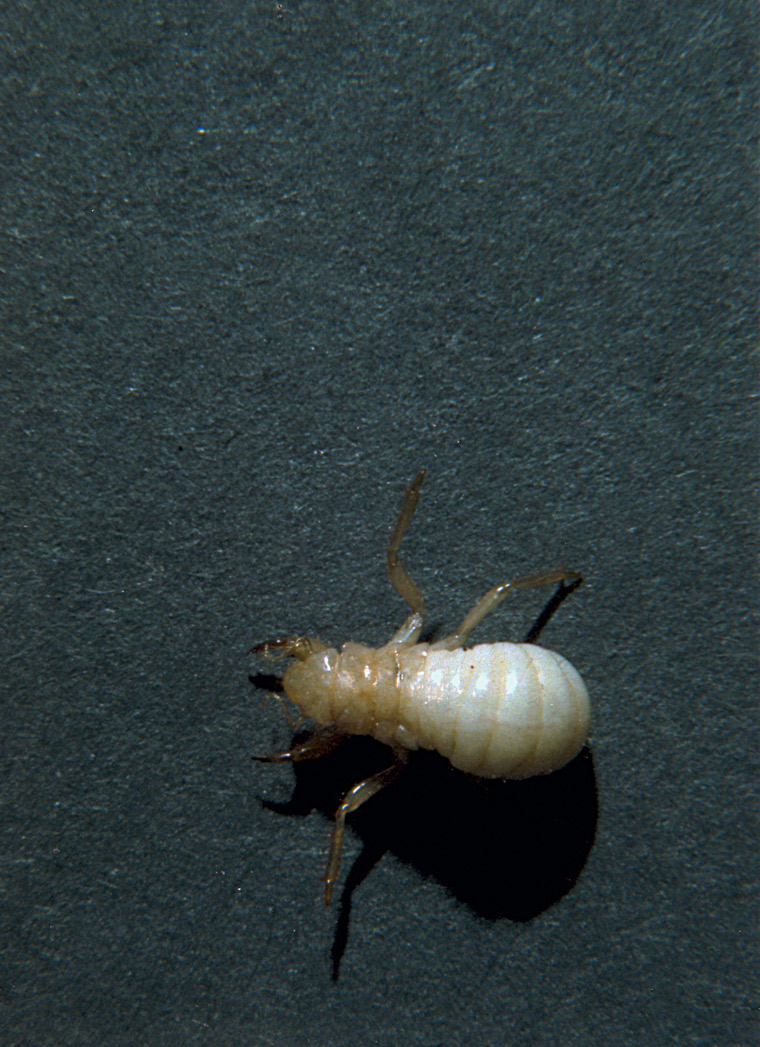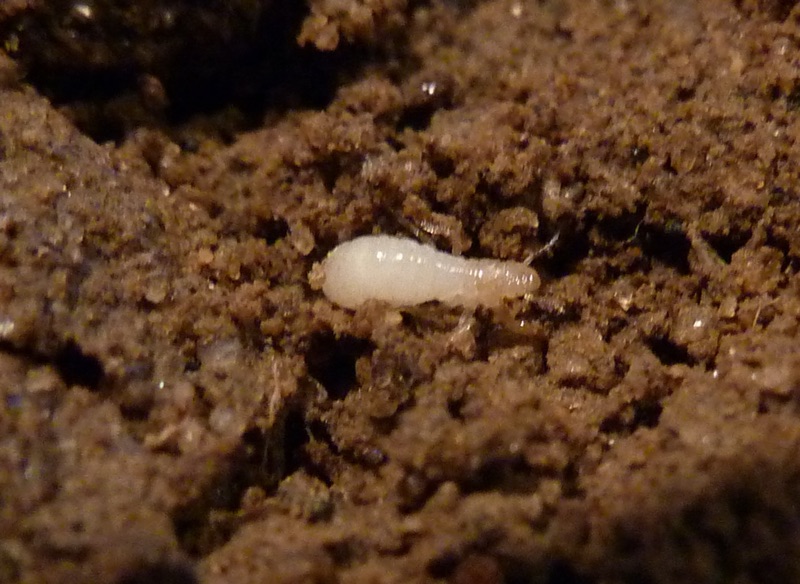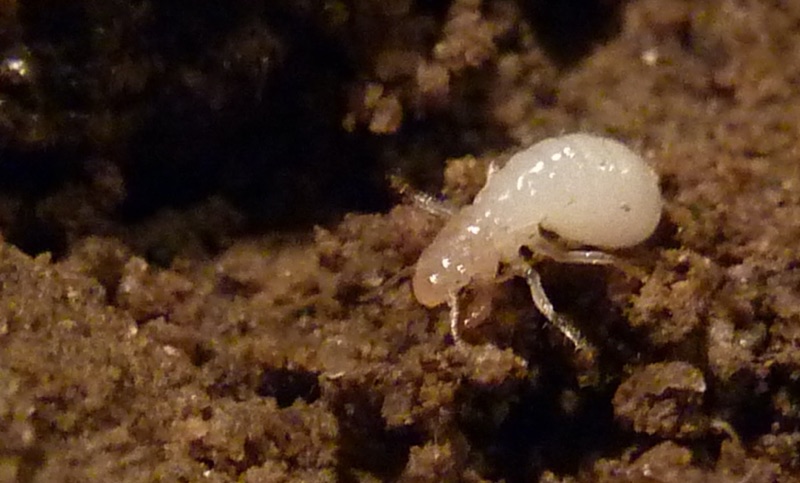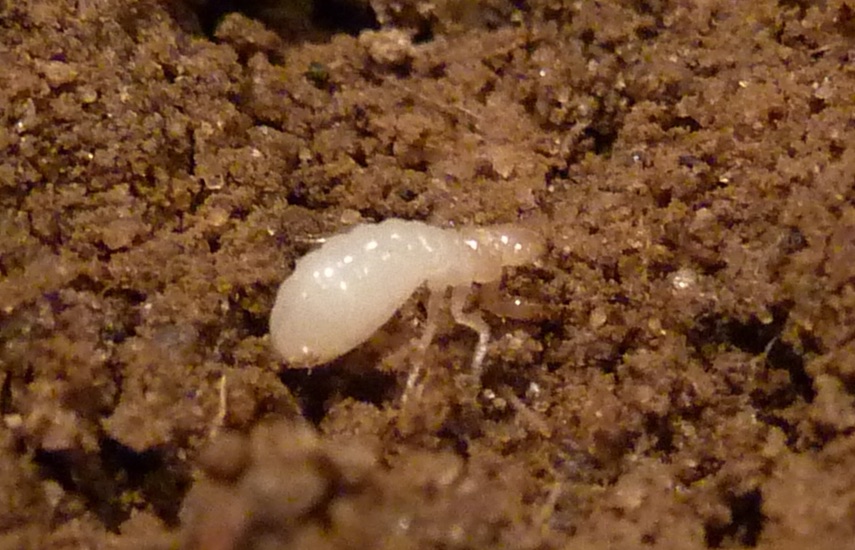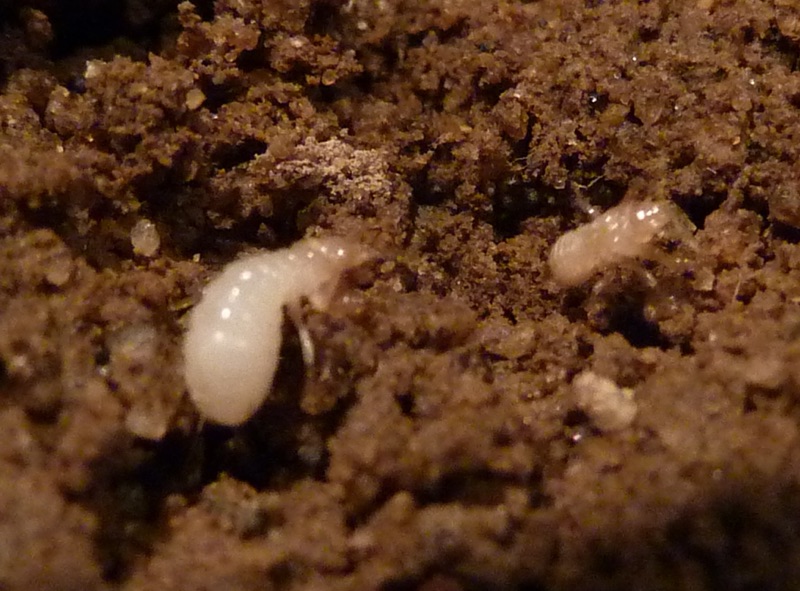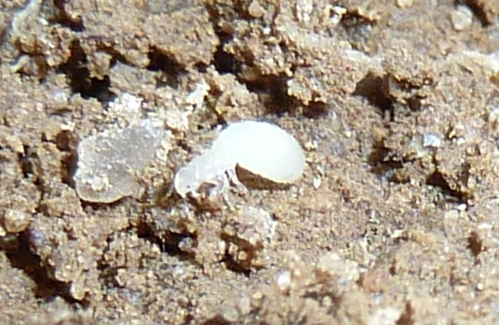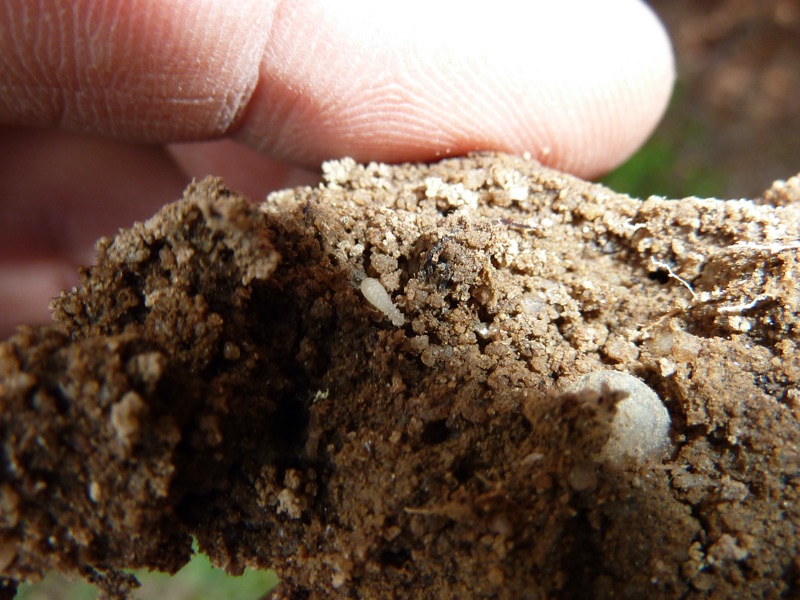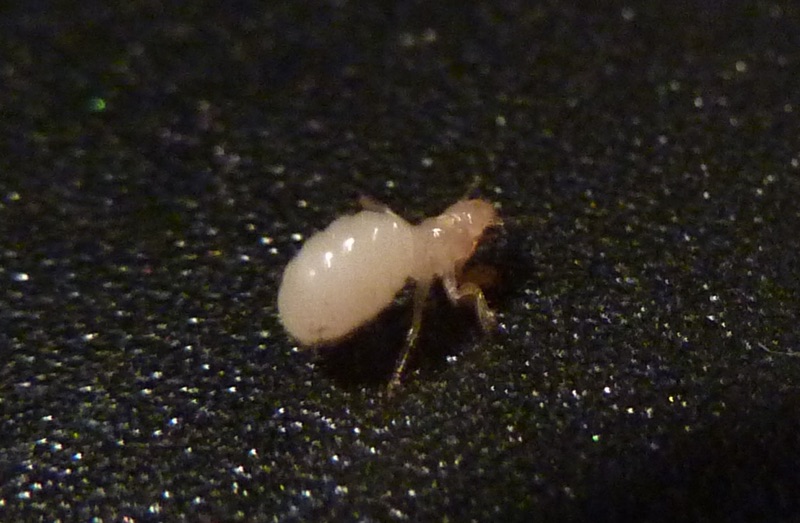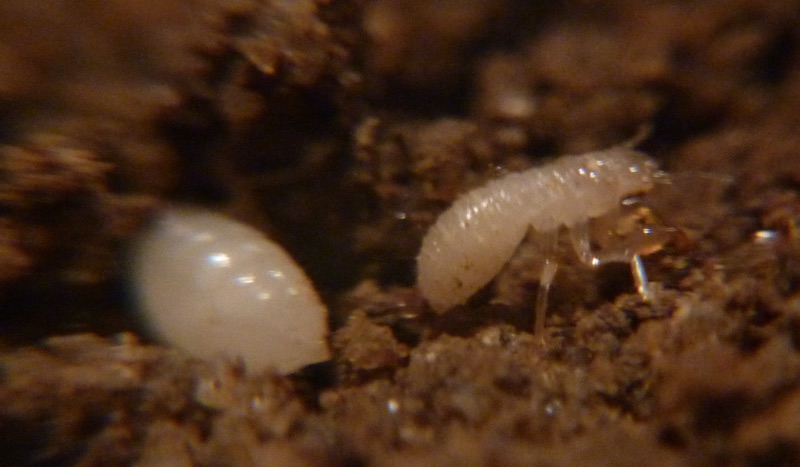Today I was digging in a flower garden that is mostly inhabited by thick-stemmed Montauk Daisies, and I found many cicada nymphs. The nearest tree is about 25 feet away — I guess any type of root will suffice for some cicadas.
They seem weak and disorientated, which makes sense since they’ve lived underground their whole lives.
There are Magicicada (Brood II), Neotibicen tibicen, Neotibicen lyricen, and Neotibicen linnei in the yard. I haven’t investigated which species these are yet, but I think it’s likely they’re not Magicicada because they were relatively large (bigger than a penny) and Brood II is 6 years away.
